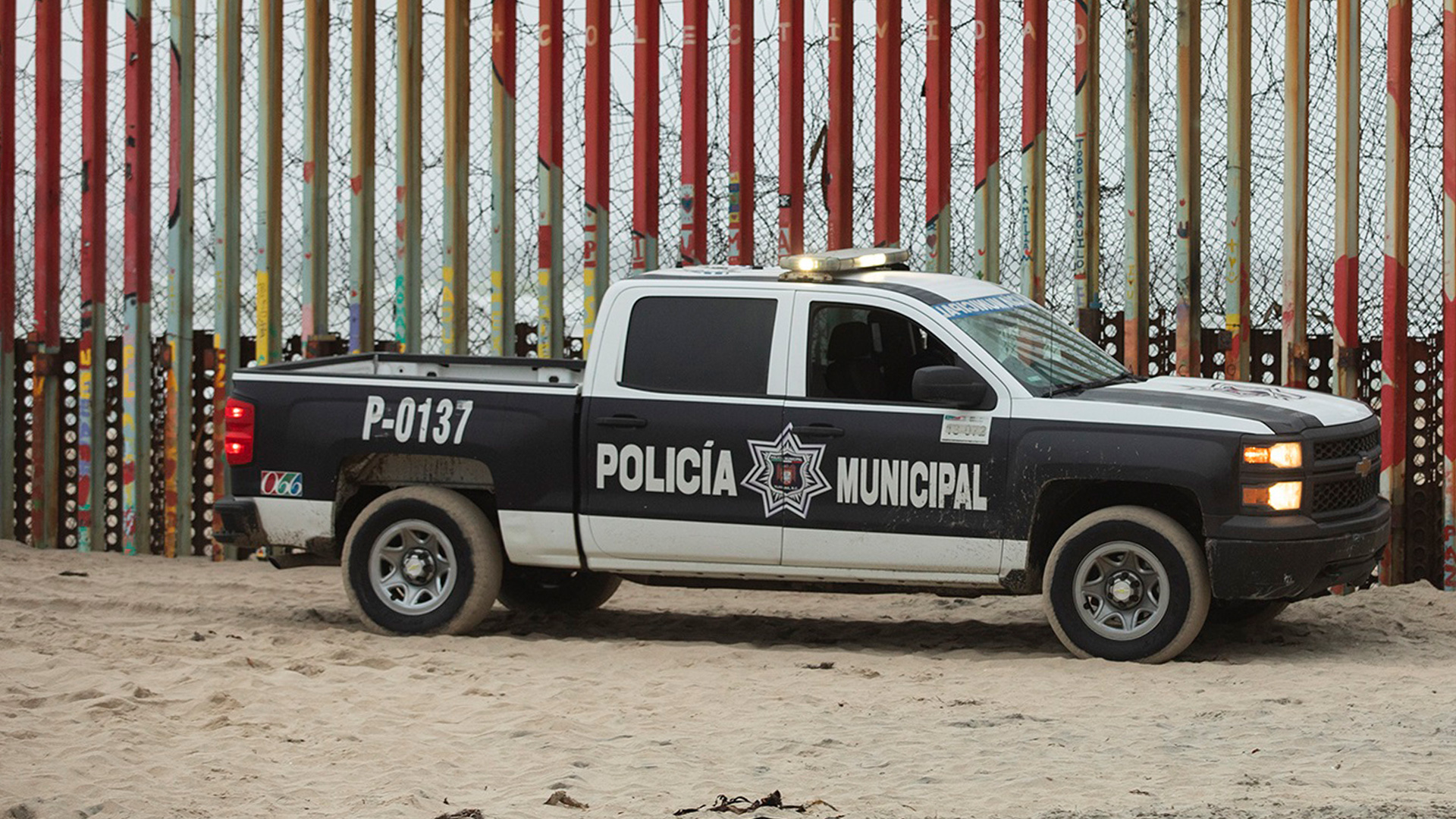
In a new article for The Conversation, Katia Adimora, a graduate teaching assistant and PhD researcher at Edge Hill, discusses the recent migrant tragedy in San Antonio, a region on the US-Mexico border.
Emergency services in San Antonio were called out on June 27 to what turned out to be the deadliest migrant smuggling incident at the US-Mexico border region in the last decades.
More than 50 undocumented migrants were found dead – among them 27 Mexicans, 14 Hondurans, seven Guatemalans and two Salvadorans – in an abandoned truck on the outskirts of the city. They had suffocated because of very high temperature in the truck. At least another 10 migrants were taken to hospital.
The authorities detained four suspects, including the driver of the truck who initially tried to pretend to be one of the survivors, only to later claim that he didn’t know the air conditioning in the truck had stopped working. If found guilty, he will face death penalty.
Despite being one of the most dangerous border crossings in the world, the US-Mexico is also incredibly busy. In May 2022 there was a record high of 239,416 “encounters” (measuring occasions in which border patrols discover undocumented migrants attempting to cross) along the US southwest border and a projection of 2 million encounters for the year. Sadly, 650 would-be migrants were reported to have died attempting to cross in 2021.
Extreme poverty, a lack of labour opportunities, violence, criminal gangs and drug cartels, climate change and natural disasters are all forcing people from South America, Central America and Mexico to embark on the perilous illegal journey to a better life in the US. Border restrictions and a lack of legal paths to migrate contribute to migrants’ decision to turn to smugglers.
US president Joe Biden has tried to lift his predecessor’s pandemic era public health policy which allows border officials to quickly expel migrants (including asylum-seekers). But his attempt was quashed by a Texas judge. The federal government has said it will appeal the ruling, but this sort of draconian measure is another reason that would-be migrants seek the help of people smugglers or, as they are known in these parts: “coyotes”.
‘Coyotes’ and ‘polleros’
Many migrants are willing to pay up to US$8,000 to US$10,000 (£6,600-£8,350) dollars to a migrant smuggler. People looking to get across the border into the US often have family members living there who help them with these costs. But all-too often, migrants put their lives – and often those of their families – into the hands of these coyotes or “polleros”, as they are also known.
The difference between the two classes of migrant smuggler is important. A coyote tends to bring migrants across the border through rough, often wild, terrain.
A pollero (after the people who transport chickens in a box) tends to bring people across hidden in a vehicle. There are also more sophisticated smugglers who belong to a network of smugglers, who produce false papers or bribe migration officials and organise logistically more complex transportation of migrants.
These migrant smugglers are, unsurprisingly, profit-driven. Tales abound of ruthless coyotes taking advantage of migrants (financially or sexually) or abandoning them the desert where they then become prey for kidnappers and other criminals. But not all coyotes consider themselves criminals. In the words of one people smuggler talking to journalists in 2021: “It is not a crime that you were born here, and you want to get out of the poverty. I am happy to help people.”But the overall responsibility for the tragedy in San Antonio must lie with the broken migration system between Mexico and the US, which fails to offer anywhere near enough visas for Mexican workers seeking to cross to take up jobs in the US. There are continuing attempts to alleviate the problem – the US is set to offer 300,000 work visas for Mexicans and Central Americans when the Mexican president, López Obrador, visits visits Washington on July 12.
Politising migration issues
The Texas governor Greg Abbott has blamed Biden’s open borders migration policies for the calamity, saying that the incident showed the deadly consequences of Biden’s “refusal to enforce the law”.
The politicisation of migration issues intensified during Donald Trumps time in the White House as both sides doubled down on their traditional approach: Republicans backing a more closed off, anti-migrant system, while the Democrats tended to favour more humane measures, opposing – for example – the separation of children from their parents at the border.
López Obrador was quite clear that the blame for San Antonio should rest with the US: “It [the tragedy] happens because there is also human smuggling and a lack of control, in this case, in the border between Mexico and United States and inside the United States.”
Prevention of future migration tragedies
The Mexican president is calling for a bilateral approach which would focus more on improving conditions on the Mexican side of the border, so that the impetus for illegally crossing to the US would be lessened: “This [the tragedy] is a bitter proof that we need to insist on supporting people, so that they don’t need to leave their towns.”
This was the thrust of the recently signed Los Angeles Declaration. This was issued after the recent Summit of the Americas, held in Los Angeles at the beginning of June. The central idea of the declaration is to increase legal paths of migration to combat the migrant smuggling, but to also focus on raising the quality of life and security across Latin America.
Depressingly, despite the deaths in San Antonio, a new caravan of migrants has already formed on the road from Tapachula, in southern Mexico. It seems that the quality of life and security in their home countries is so poor that many thousands would rather risk their lives in the hands of the coyotes if it means a shot at the “American Dream”.
This article is republished from The Conversation under a Creative Commons license. Read the original article here.
July 13, 2022



